Understanding Mānuka Honey: The Role of Pollen Count, MGO and UMF
Mānuka Honey is celebrated worldwide for its unique properties and numerous health benefits. This rare honey, derived from the nectar of the Mānuka tree (Leptospermum scoparium), has gained immense popularity. However, this meant a lot of fake Mānuka Honey flooded the market in the past. As a result, a demand for stringent measures around authenticity and quality arose – so how do we verify if our Mānuka Honey is genuine?
Pollen count vs MGO and UMF
One method that has been used is pollen count. Historically, a 70% pollen count was required to verify Mānuka Honey’s authenticity. However, it was later discovered that Mānuka and Kānuka pollen are indistinguishable under a microscope, so this method was discarded.
Nowadays, the UMF Honey Association have developed a sure-fire method of identifying Mānuka Honey, which involves independent laboratory testing based on four factors:
- Authenticity
- Freshness
- Purity
- Potency
Firstly, the honey is tested for Leptosperin, which is a compound found exclusively in Mānuka flower nectar. This confirms the authenticity of your Mānuka Honey.
Next, the honey is tested for a range of chemicals including hydroxymethylfurfural (HMF). This indicates the duration and temperature of storage.
Dihydroxyacetone (DHA) levels indicate shelf life; so the higher the DHA content, the longer the shelf life of your Mānuka Honey.
Methylglyoxal is the superstar compound that gives Mānuka Honey its antibacterial properties. The higher the MGO level, the more potent your Mānuka Honey is.
Egmont Honey is a certified member of The UMF Honey Association, so any of our Mānuka Honey jars with a UMF badge is tested and verified by a UMFHA approved laboratory before going to market. This means you can rest assured that you’re purchasing 100% pure and authentic Mānuka Honey from us.
How does pollen end up in the honey?
Pollen is a natural by-product of honey. While bees are out foraging for nectar, they brush up against flowers and collect pollen in ‘baskets’ on their legs. When the bees return to the hive, they seal the nectar and pollen into beeswax cells. While many companies filter out the pollen, our filters are coarse enough to keep the bad stuff out and the good stuff in!
Is pollen good for you?
Pollen is not only essential for bees as a protein source, but also offers impressive health benefits for humans. It contains a wealth of nutrients, including:
- Carbohydrates
- Lipids
- Fatty acids
- Vitamins
- Minerals
- Enzymes
- Antioxidants
These components make pollen a nutritious addition to your diet, contributing to your overall health and well-being.
Conclusion
Mānuka honey is a remarkable natural product with unique properties and health benefits. Through advanced testing methods developed by the UMF Honey Association, consumers can be confident in the authenticity and quality of the Mānuka honey they purchase. Egmont Honey, with its commitment to these standards, ensures that every jar of Mānuka honey is pure, potent, and genuinely beneficial. Whether you're enjoying it for its taste or its health benefits, Mānuka honey is a valuable addition to your pantry.




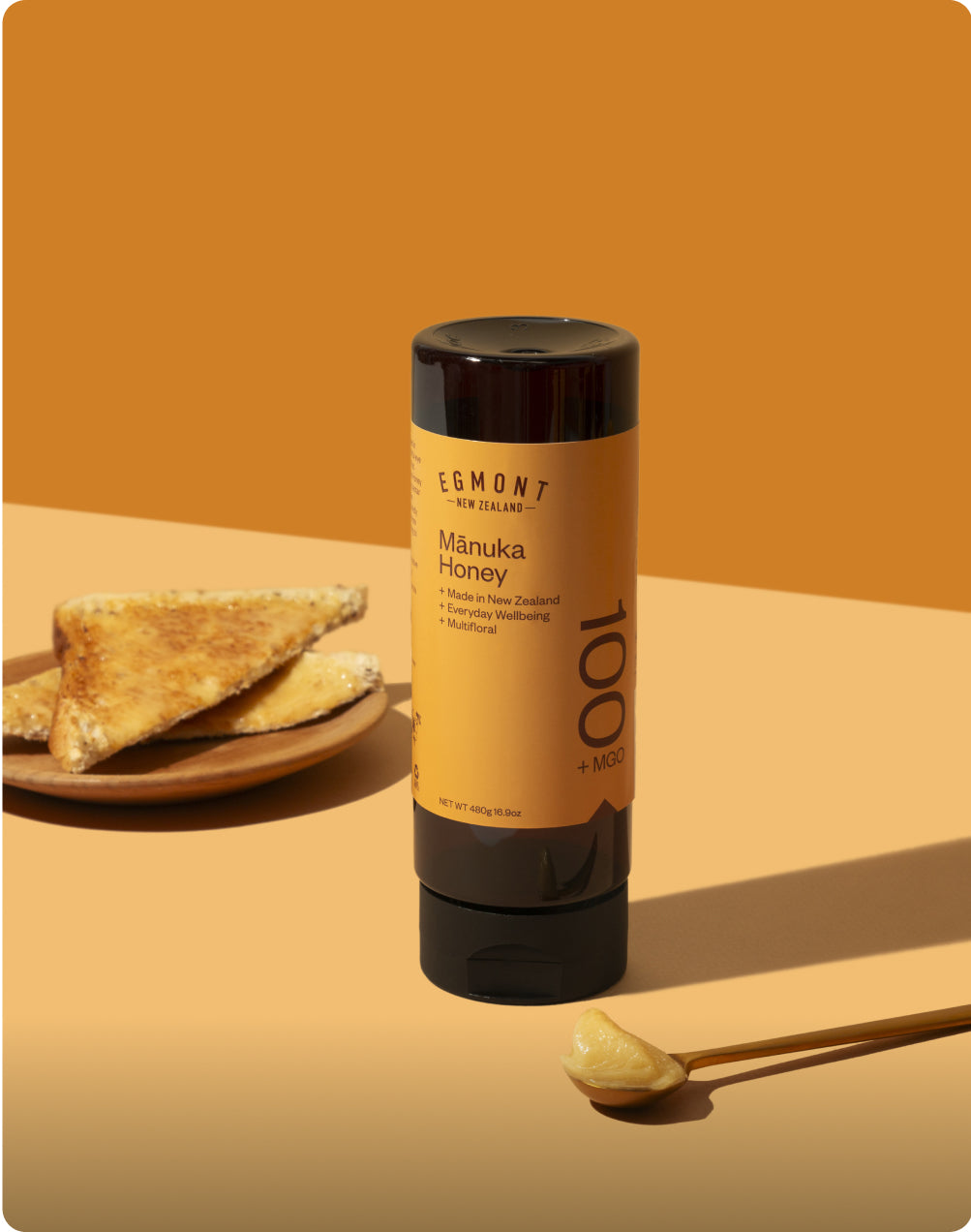
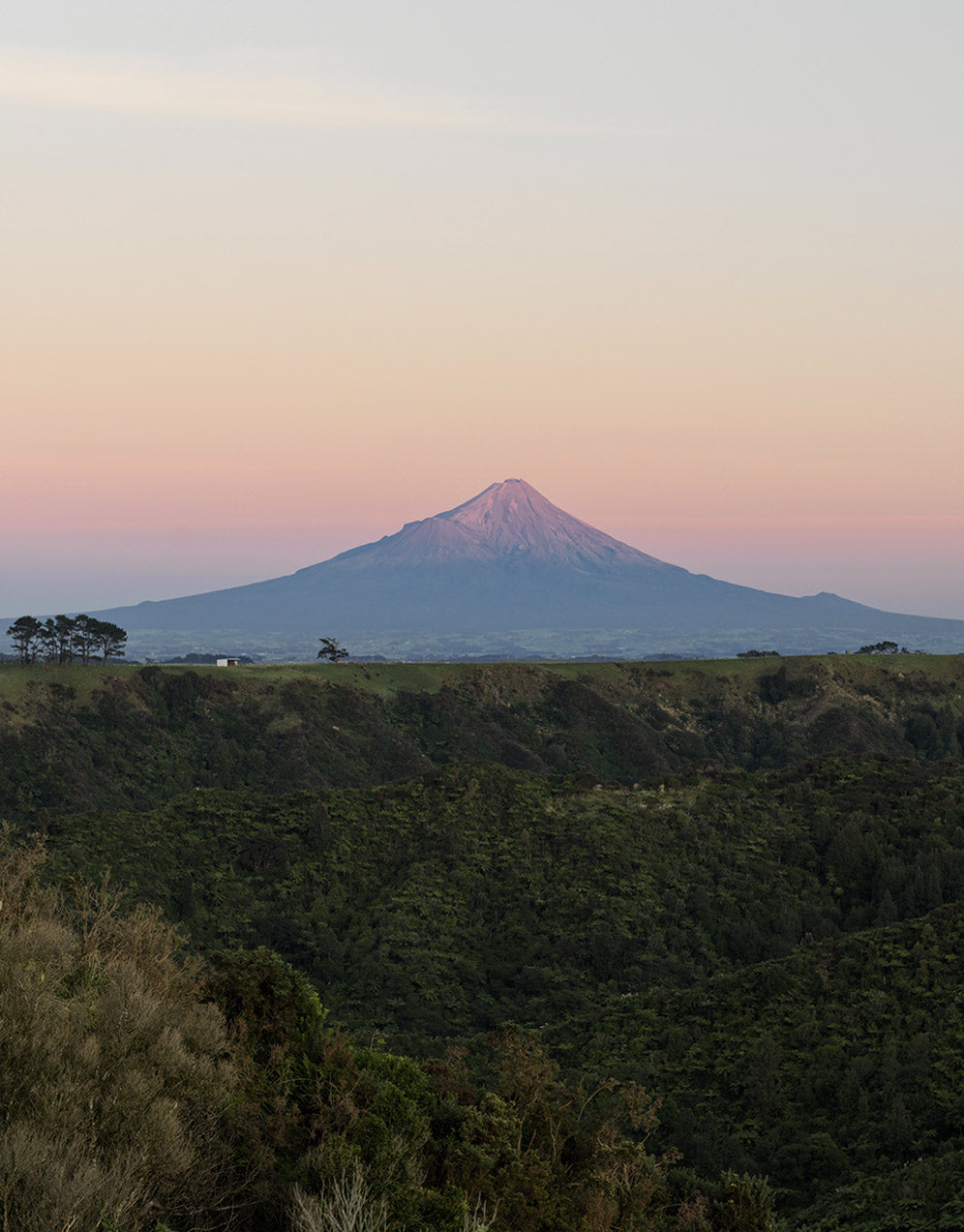
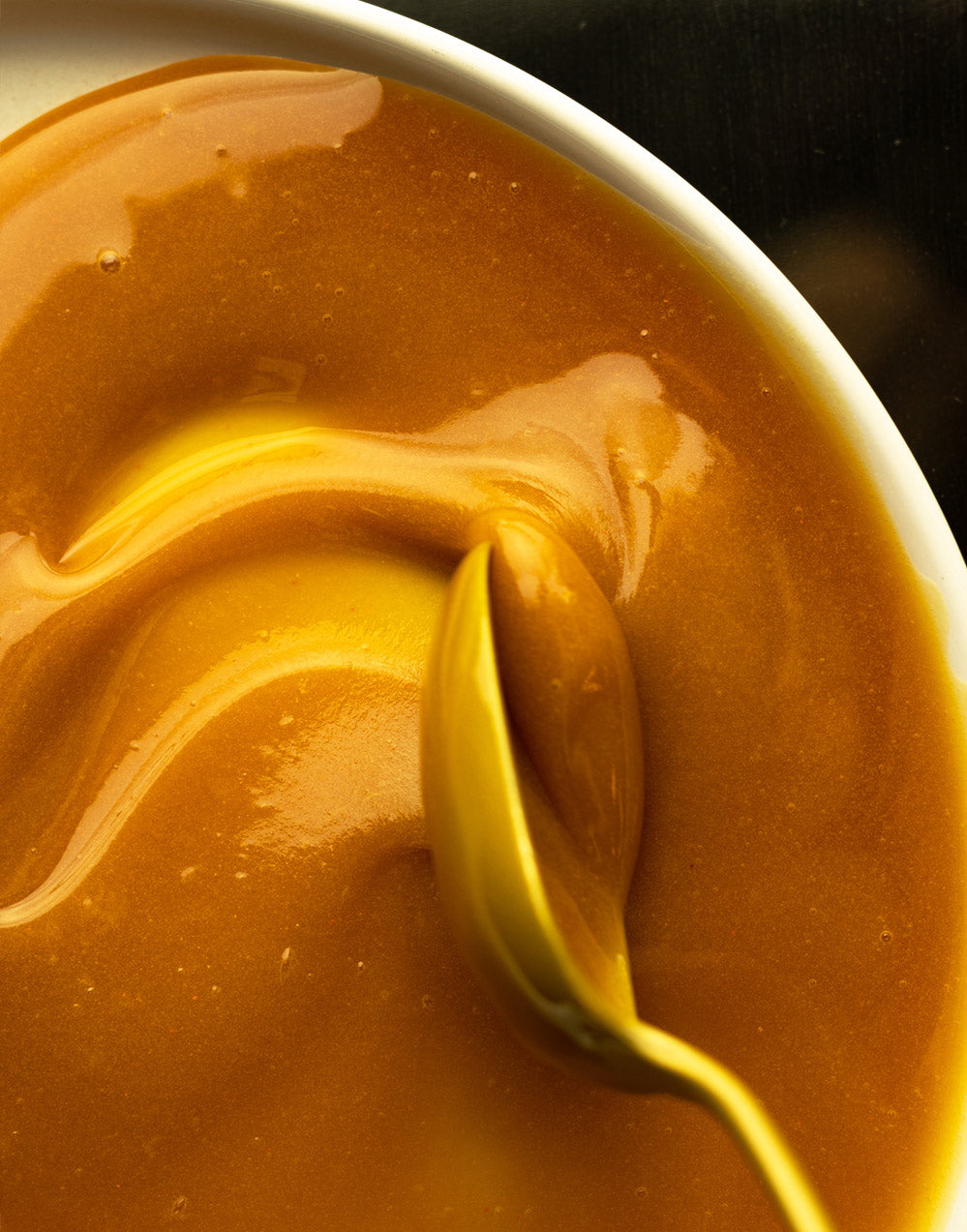
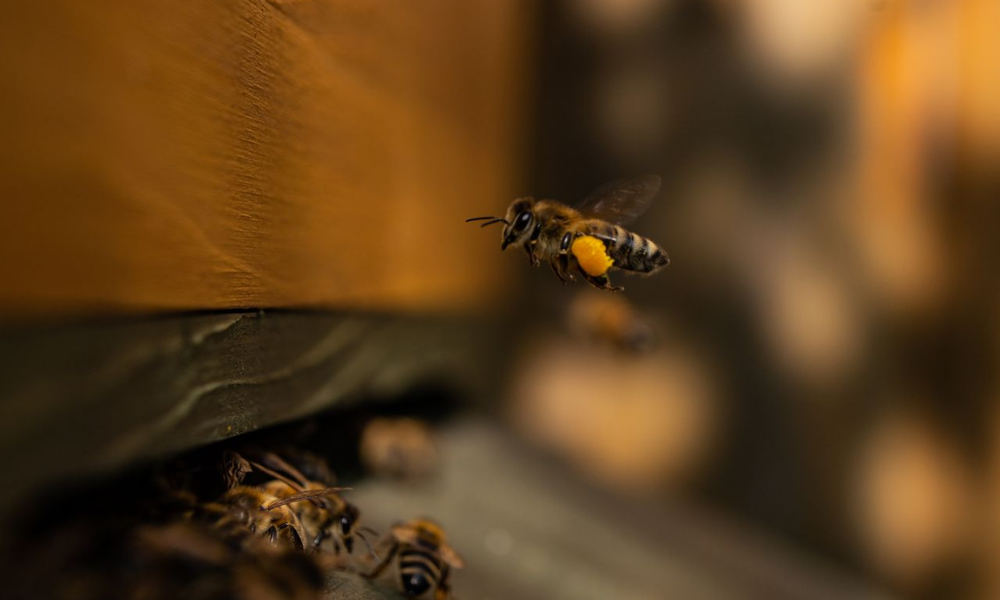
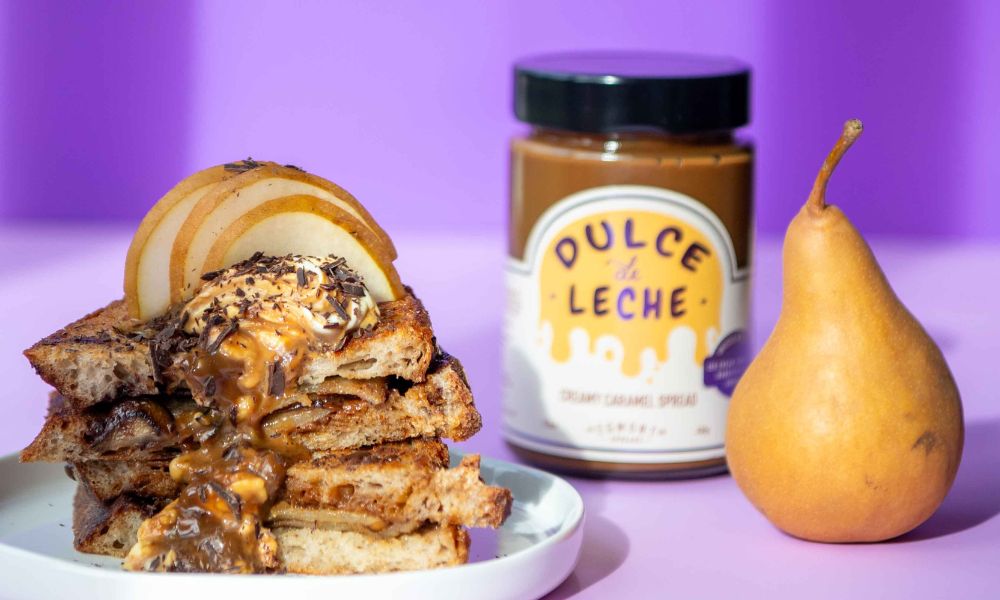
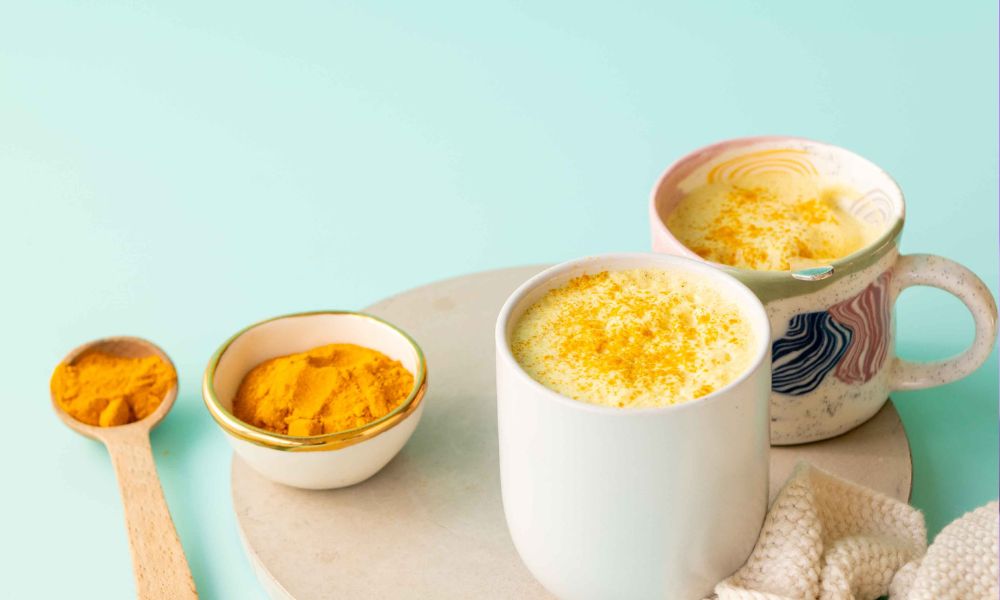
Leave a comment
This site is protected by hCaptcha and the hCaptcha Privacy Policy and Terms of Service apply.